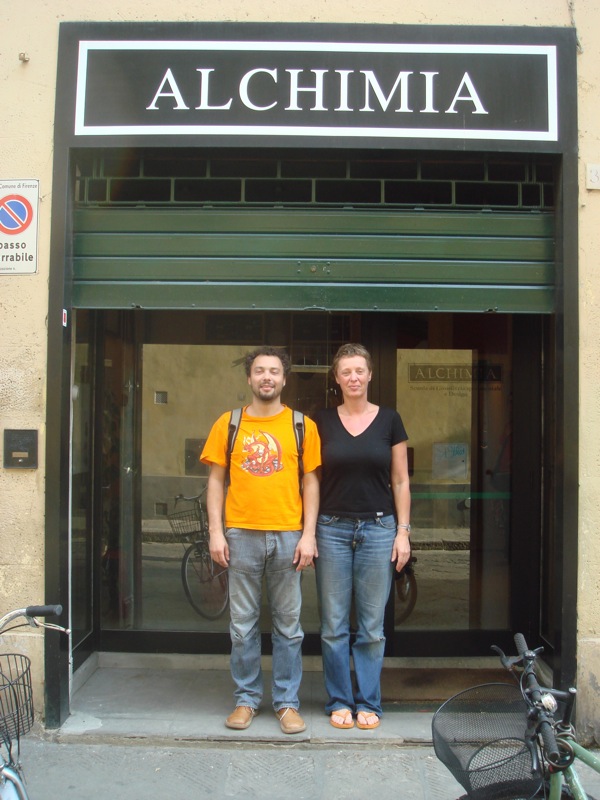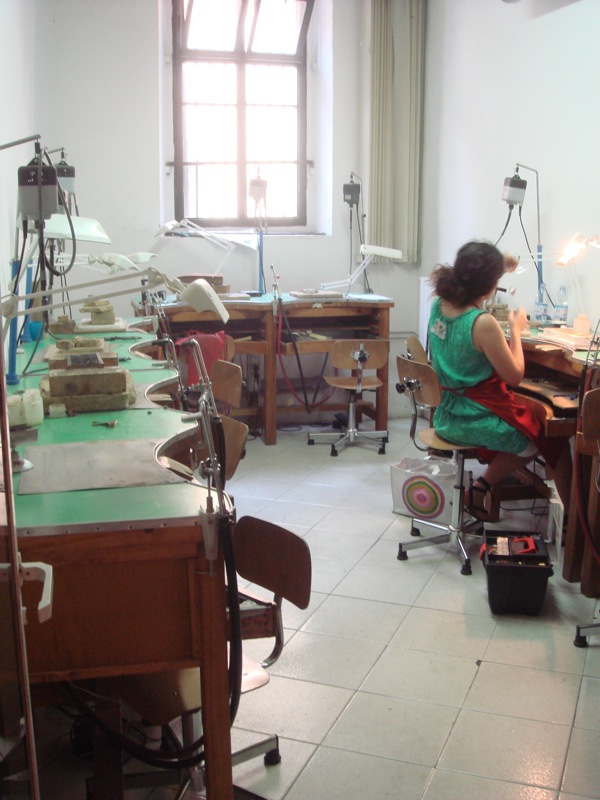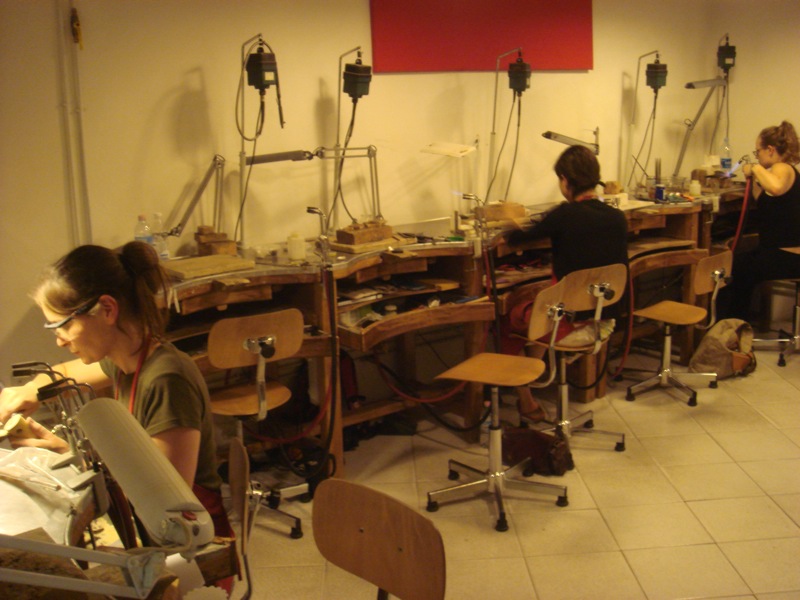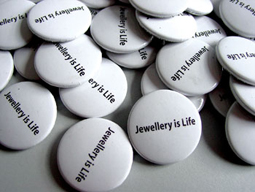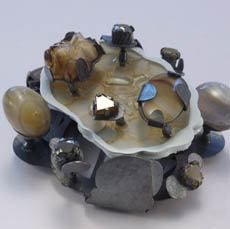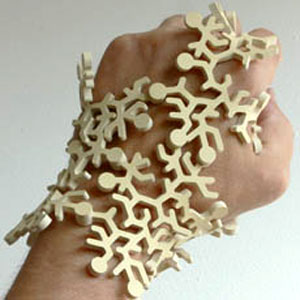diamonds, art and immortality
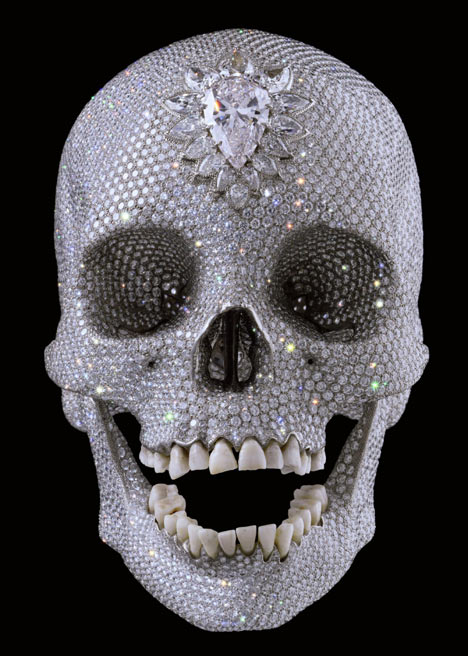
'For the Love of God' - Damien Hirst
Was anyone else listening? Radio National on Sunday afternoon? A program analysing Hirsts' "collaboration" with Bond Street Jewellers Bentley and Skinner? With guest commentator Robert Baines!!
If not, you can download it from here
The focus of last Sunday's Artworks program was on 'collaboration' and featured articles on two performing arts works as well as a conversation between Deborah McCoy and Robert Baines analysing 'For the Love of God' by Damien Hirst (pictured). The work is introduced as "the world's most expensive collaboration" but, while Hirst acknowledges that the piece was produced by Bentley and Skinner, I very much doubt that he would call it a 'collaboration'. In fact in most of the publicity surrounding the work, B&S are simply referred to as "a Bond Street Jeweller". This would seem to imply that what is important is not the skills of the particular maker but the value of their real estate!
It was wonderful to hear a contemporary jeweller's (or as Baines terms it, an "art jeweller's") analysis of this work on national radio. I have read much commentary in the press analysing it in terms of contemporary art practice and contemporary art collecting but it's interesting to not have heard much about it from the contemporary jewellery/craft sector (forgive me if I've missed anything).
On a superficial level the work is intrinsically linked to jewellery practice, but the more I think about it, the more irrelevant it starts to seem. Baines points out that if an artist jeweller had made this piece it would be totally dismissed. And he's right. But as he also points out, the use of precious materials in contemporary jewellery is often subversive; stones are drilled into, set upside down, etc. A contemporary jeweller would not make this work, with it's complete orthodoxy of materials and techniques.
Hirst uses the platinum and diamonds to symbolise perfection and mastery of material and technique. Contemporary jewellers use these materials to question those symbols and to talk about what jewellery is and what it can be.
Hirst is not the first artist to employ 'artisans' to realise his ideas, Jeff Koons being the most prominent. But also, closer to home, Patricia Piccinini's practice is more that of a 'producer', she employs a diverse team of people from digital animators to auto paint artists to produce her art works. Usually these artisans are uncredited. In the case of 'For the Love of God' the crediting of "a Bond Street Jeweller" says less about Immortality (as Hirst states the work is about) and more about hefty price tags and inflated publicity.
